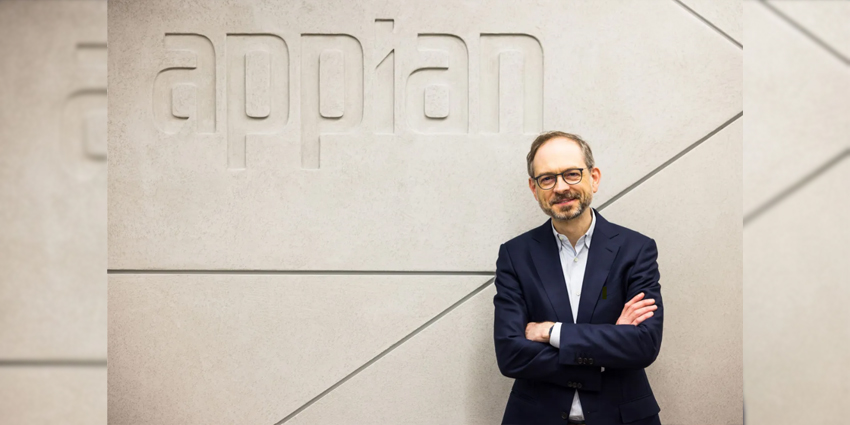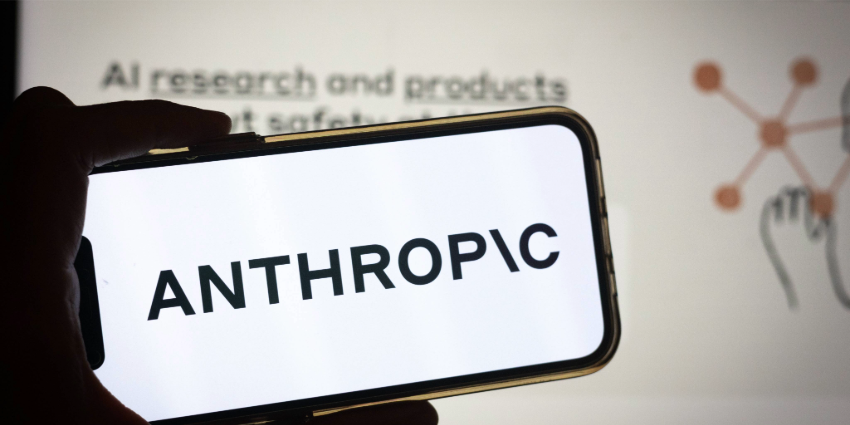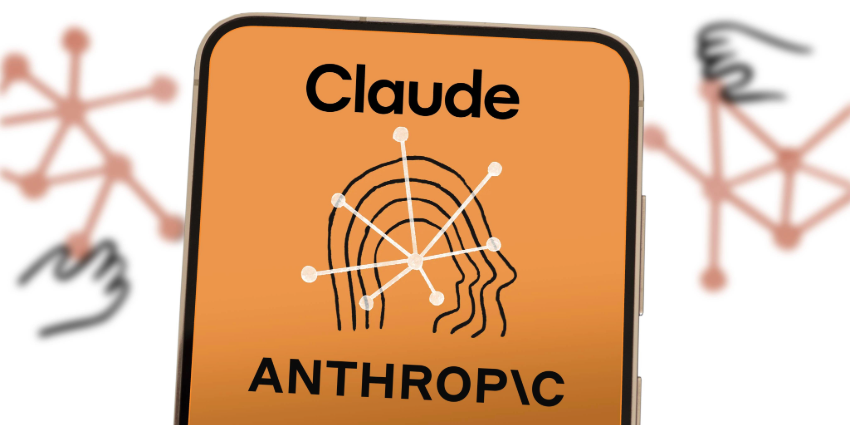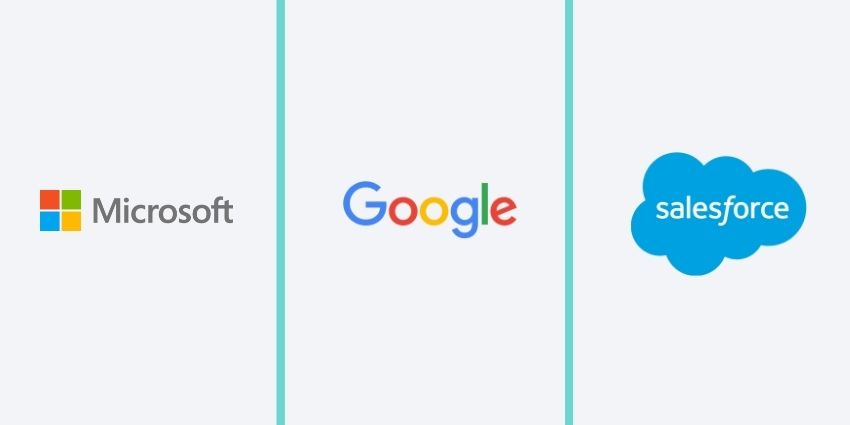The DeepSeek announcement is a wake-up call, and I would expect a bunch more surprises to come. Everybody thought they knew where the value came from.
These are words provided by Matt Calkins, CEO and Co-founder of Appian, the global AI-powered software company valued at $2.64 billion. His assessment of this week’s development carries weight; Appian enjoys a prominent position in the enterprise AI space, and Calkins’ has a significant track record in technological innovation.
DeepSeek, a 20-month-old company comprised of young graduates and doctoral students, triggered a significant upheaval in the industry this week. Their market entry at an incredibly low price of just 1 yuan ($0.14) per million tokens has forced a fundamental reevaluation of AI pricing models.
This week’s market movements could shape the future of the AI industry as traditional players begin to shed their rigid structures in favour of more agility. DeepSeek’s founder, Liang Wenfeng, believes that established tech giants may be too constrained by their own size to adapt quickly to innovations in AI.
Calkins’ analysis cuts to the heart of current assumptions about AI development. “DeepSeek is a great AI model that uses far less compute and expertise than we expected,” he explains. “Perhaps it has access to more compute than we realise, or perhaps it shows there was less ‘magic’ in compute and expertise than we expected.” This observation has already sent ripples through the market, affecting even tech giants like NVIDIA.
Notably, NVIDIA’s stocks fell sharply by 17%, removing nearly $600 billion from their market value. According to AJ Bell investment director Russ Mould, this decline brought NVIDIA’s stock price back to levels not seen since October 2024. This is evidence of the shockwaves that DeepSeek is creating with its market entry.
The Asymmetric AI War
“The war for AI is going to be an asymmetric war between the US, China, and anybody else who gets involved,” Calkins remarked.
According to Calkins, the implications of DeepSeek’s emergence extend beyond technical achievements to geopolitical dynamics. His insight here is particularly noteworthy – instead of advocating for trying to match China’s shoestring approach, he emphasises that “the US should pursue its own path,” recognising the distinct advantages each nation brings to the table.
Calkins also added:
In my opinion, we’re going to see a commoditization of AI. Many companies will achieve competitive AI, and a lack of differentiation will be bad for high-spending first-movers.
More Twists and Turns to Come in the AI race
DeepSeek, now the most downloaded app in the USA, has triggered widespread market turbulence and prompted responses from top industry figures. U.S. President Donald Trump described the development as a “wake-up call” for American tech firms.
However, as with any emerging technology, the future is not set in stone.
Calkins explained:
There will still be plenty of demand for NVIDIA’s best chips. AI offerings from OpenAI, Google, and others may carry a lower price point, due to a lower cost. But we’re still in the early stages of the AI market and we shouldn’t declare any winners yet. Today’s AI leaders may not be tomorrows.
The future is being defined now as the market evolves, and world leaders are aiding in shaping that evolution. For example, Alibaba debuted a new generative AI engine that contains 20 trillion tokens of training data and has RLHF tuning, pushing the boundaries of AI performance and addressing tough topics directly, striving to provide straightforward answers to users’ questions.
Moreover, OpenAI recently debuted its Operator framework, jumping on the emerging agentic AI to create new enterprise use cases. As new AI service providers claim their stakes in the global market, leaders will emerge and define the future of work.








